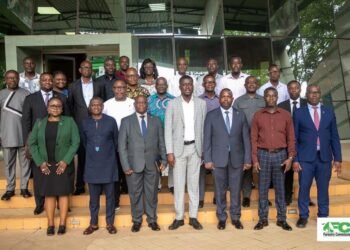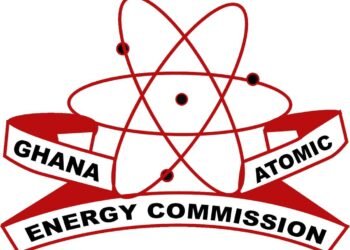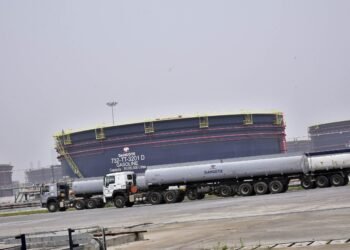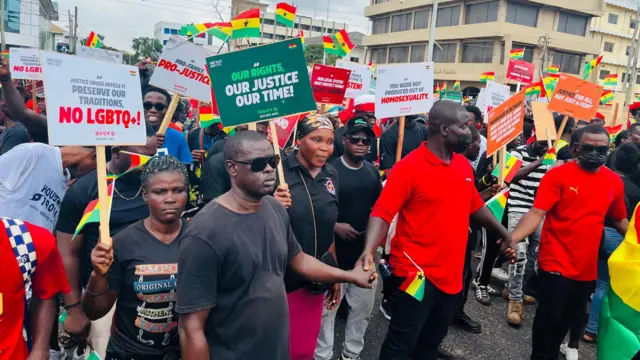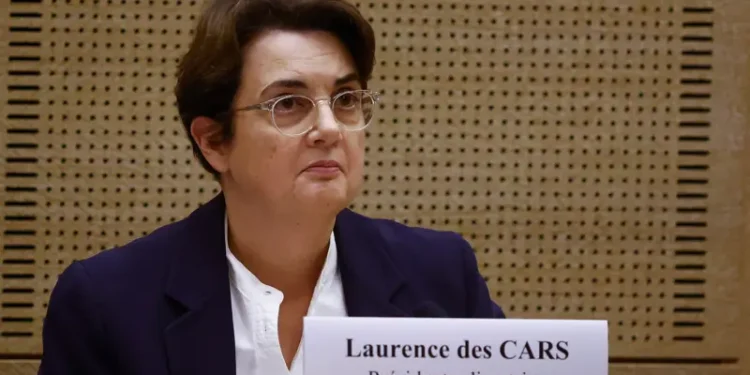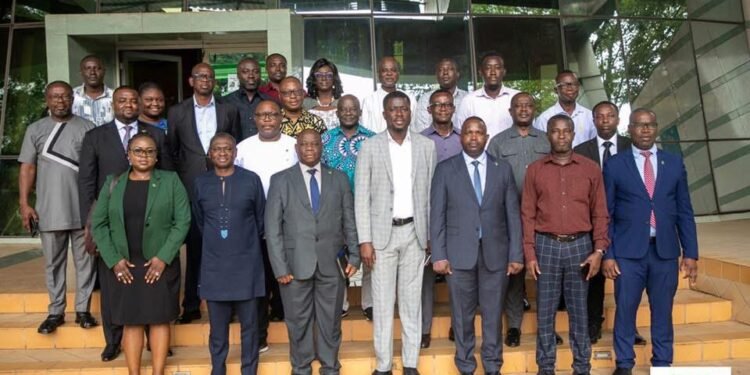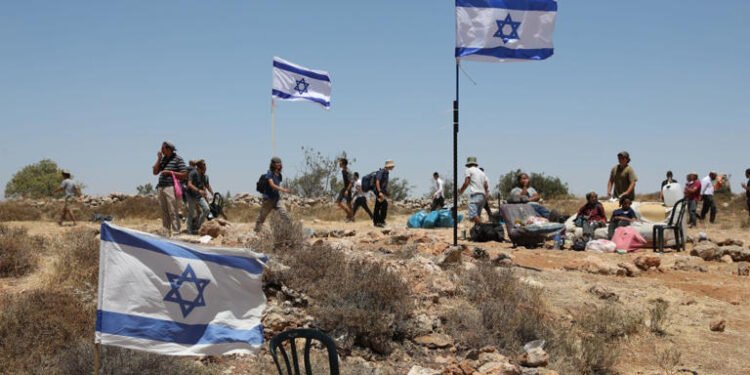Mark Agyemang, Technical manager at Public Interest and Accountability Committee (PIAC), has disclosed that the petroleum revenue management act is undergoing a review.
According to him, despite being reviewed in 2011 and 2015, the current one has been submitted for approval.
His comments follow concerns raised about Petroleum revenue being used to tackle too many national issues at the same time.
“We started a review process two years ago, it has stalled currently but it is undergoing review. Most of the institutions that have something to do with the PRMA have made proposals; some have been accepted, and others have been rejected. So, the review has been done, it has been submitted to the ministry of finance. In turn, the ministry will submit to the Attorney General’s department for them to put it in the legal language.
“So, that review is still ongoing, though for the past eight [to] nine months, it has stalled. Some of these issues and some of these lessons learnt… has been brought to bear in this review process. It is the hope that when it is submitted to parliament; it will be subjected to the strictest of scrutiny for us to get this out of the PRMA”.
Framework of petroleum revenue management
Additionally, Mr Agyemang explained that the PRMA has a framework that guides the collection and utilisation of revenue accrued from petroleum activities. As such, all revenues are likely collected into a single fund known as the Petroleum Holding Fund.
He further suggested that not more than 50% of interest revenues should be given to GNPC, being a national oil company.
“Out of the fund, there are distribution guidelines that are funds taken from the PHF should adhere to. So you see, you can’t go beyond fifty five percent. Currently, as we speak, we are doing 25% to 30%. Now it says that what is left, not more than 70% should be put into the national budget”.
Furthermore, Mr Agyemang maintained that since 2011 until 2020 and 2021, “we’ve always done the 70%”.
“The 30% that is left, it says that 9% of it should be used as an intergenerational equity that goes into the Ghana Heritage Fund and the 21% goes into the stabilization fund. Even what goes to the national budget, there are various ways that you have to expend the money. The law says that first, if there is a long term national development plan, it should be spent through the long term national development plan. In absence of that, the list of twelve areas is that, every medium term, the minister is required to choose up to four… and expend petroleum revenue through the national budget on these programs and projects”.
Priority areas in Annual Budget Funding Amount
He further revealed that because they usually go for the higher number, when it comes to projects selection, they spread the money so thinly that the needed impact is not achieved.
“Unfortunately, since 2011, we have always chosen the maximum four priority areas. In practice, what we’ve witnessed over the past ten years is that because we choose four priority areas, sometimes in administering the ABFAs we seem to even go beyond the four priority areas chosen and approved by parliament.
“So you have projects getting a meagre GHC 5,000. Last year alone, over 4,000 projects were undertaken through the ABFA. The funds available for that was around GHC 2.7 billion across 4,000 projects and if you do the analysis, you have some projects receiving as little as GH 5, 000 to a project which has contract sum of sometimes GHC 30 million.
“That is the effect of going for the maximum; [other than] choosing so many projects under the priority areas and spreading the money thin”.
Read Also: Rising Cost of currency issuance, digital currency the solution?




